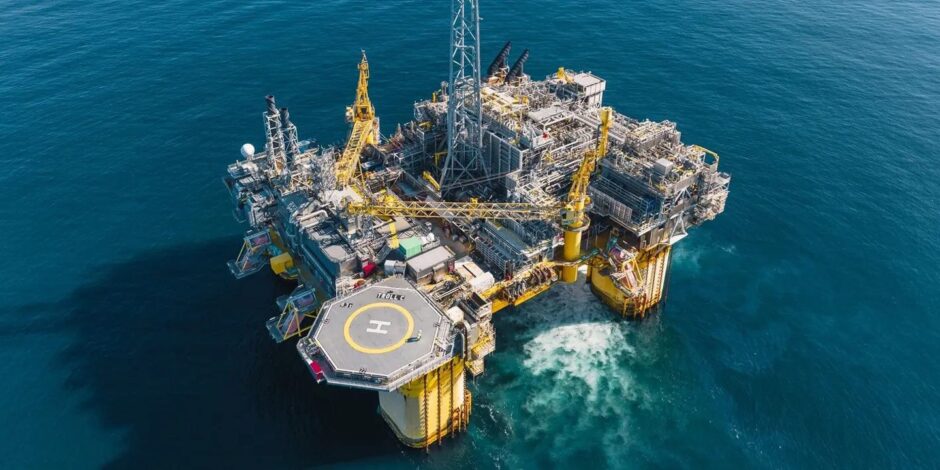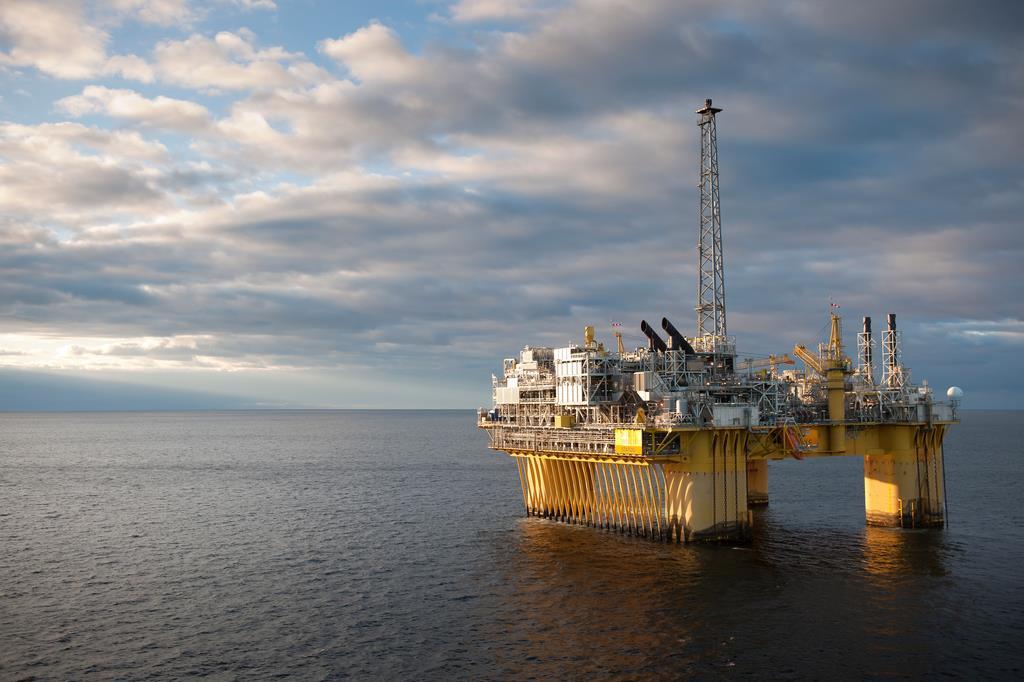 © Image: Equinor
© Image: Equinor Norwegian oil and gas firm Equinor has completed a project to partly power its Troll B and C platforms in the North Sea from shore, significantly reducing emissions.
Equinor said the electrification at the two offshore platforms will reduce annual emissions from the Norwegian continental shelf by 250,000 tonnes of CO2.
The operator invested NOK 8.1 billion (£573m) in the electrification project, with much of the work carried out by Aker Solutions.
Equinor executive vice president Geir Tungesvik said the Troll B and C electrification marks an “important milestone” in efforts to halve operational emissions by 2030.
“The project reduces CO2 emissions by the equivalent of those from 125,000 fossil-fuelled cars,” Tungesvik said.
The power to Troll B and C comes from Kollsnes, north-west of Bergen, and runs through a new “electro building” shared by the Troll and Oseberg fields, Equinor said.
From there, it runs out to Troll B in a 132 kV power cable, and from there to Troll C. The processing and other energy-intensive systems on both platforms are now electric, except for the large export compressors which are still gas-powered.
Tungesvik said the Troll West electrification project has generated “substantial business activity” for the Norwegian supply chain.
“Over 70 percent of the investments in the project have gone to companies in Norway,” he said.
Electrification
The carbon dioxide reduction is equivalent to about half a percent of Norway’s total annual emissions, Equinor said.
Meanwhile, nitrogen oxide (NOx) emissions from the field have been reduced by around 850 tonnes per year.
The operator said the gas previously burned in turbines to provide energy on the platforms can now be exported and more efficiently used in Europe.
Equinor executive vice president Kjetil Hove said electrification at Troll B and C means the state-owned firm can develop new discoveries with “very low emissions”.
“The Troll area will continue to deliver large volumes of low-carbon, high-value energy for many years to come,” Hove said.
Work to fully electrify Troll C is ongoing, Equinor said, which will cut a further 200,000 tonnes of CO2 emissions once complete.
Overall, Equinor said this help cut almost four percent of the total emissions from oil and gas production, around one percent of total emissions in Norway.
Infrastructure at Kollsnes and the cable to the platforms are also designed for possible future full electrification at Troll B.
The Troll A platform was the first platform to be powered from shore on the Norwegian continental shelf, and has been electrified since it began production in 1996.
Meanwhile in the UK, the North Sea Transition Authority (NSTA) regulator is forging ahead with plans focused on cutting emissions from offshore platforms.
Alongside plans to power North Sea platforms with floating wind farms, operators are also exploring opportunities to use onshore wind farms in the West of Shetland.
Operators have previously warned the NSTA plans will see platforms being shut down early due to the complexities and costs of replacing diesel or gas generators.

